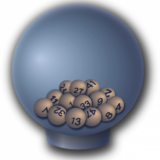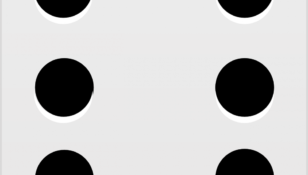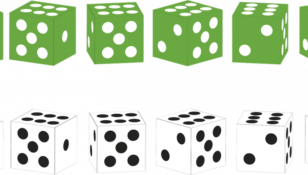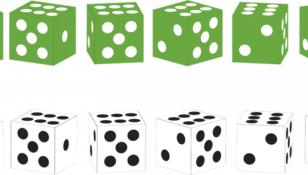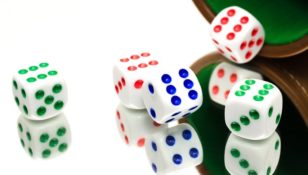Blackjack Counting Cards: The Ultimate Guide to Winning Casino Games

Introduction to Blackjack Counting Cards
Blackjack counting cards is a popular strategy used by skilled players to gain an advantage over the casino. If you enjoy casino games and want to improve your chances of winning, understanding the ins and outs of this technique is crucial. In this comprehensive guide, we will delve deep into the world of blackjack counting cards and provide you with everything you need to know.
The Evolution of Blackjack Counting Cards

Blackjack counting cards has a rich history that dates back several centuries. Its roots can be traced to the 1700s when the game of blackjack, also known as “21,” gained popularity in French casinos. However, it wasn’t until the 1960s that Edward Thorp, a mathematics professor, published his groundbreaking book, “Beat the Dealer.” Thorp’s work revolutionized the game by introducing card counting as a viable strategy for players.
The concept of card counting involves keeping track of the cards that have been dealt to gain an edge over the house. By assigning values to different cards and keeping a running tally, skilled players can determine when the deck is favorable for higher bets. This knowledge allows them to adjust their strategy and make more accurate decisions, increasing their chances of winning.
How Does Card Counting Work?
Card counting relies on a simple principle: some cards are beneficial to the player, while others are advantageous for the dealer. The most commonly used system for counting cards is the High-Low method, which assigns values of -1, 0, or +1 to each card. High cards (10s and Aces) are assigned a value of -1, low cards (2-6) have a value of +1, and neutral cards (7-9) are worth 0.
When a deck is rich in high cards, such as 10s and Aces, the player has a higher probability of getting a blackjack or a winning hand. This is when it is most advantageous to increase bets. On the other hand, when the deck is rich in low cards, the probability of the dealer getting a winning hand increases, signaling that the player should lower their bets or avoid risky moves.
Key Concepts and Techniques
To successfully implement card counting, players need to master several key concepts and techniques. These include:
1. Running Count: The running count is the ongoing tally of the card values as they are dealt. This count provides the player with information about the composition of the remaining deck.
2. True Count: The true count is calculated by dividing the running count by the number of decks remaining in the shoe. This adjustment accounts for variations when playing with multiple decks.
3. Betting Spread: The betting spread refers to the range of bets that a player makes during a session. A larger betting spread can increase potential profits but also attracts attention from casino personnel.
4. Back-Counting: Back-counting, also known as “Wonging,” involves observing a blackjack table without placing bets. This technique allows players to enter the game when the count becomes favorable.
Legal and Ethical Considerations
While card counting is not illegal, casinos have the right to refuse service to players they deem to be skilled card counters. To avoid detection, players employ various camouflage techniques, such as varying bet sizes, acting like average gamblers, or team play. It is crucial to approach card counting with integrity and respect casino rules to ensure an enjoyable and fair gaming experience.
Conclusion
Blackjack counting cards is a powerful strategy that can significantly increase your chances of winning in the casino. By understanding the history, principles, and techniques involved, you can develop the skills necessary to successfully implement this strategy. Remember, practice makes perfect, so start honing your card counting skills, and may luck be on your side as you master the art of blackjack. Happy gambling!





